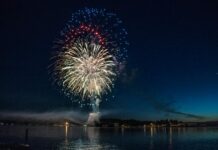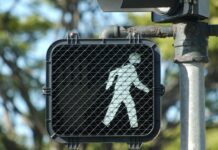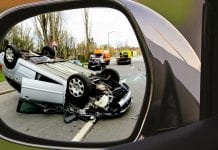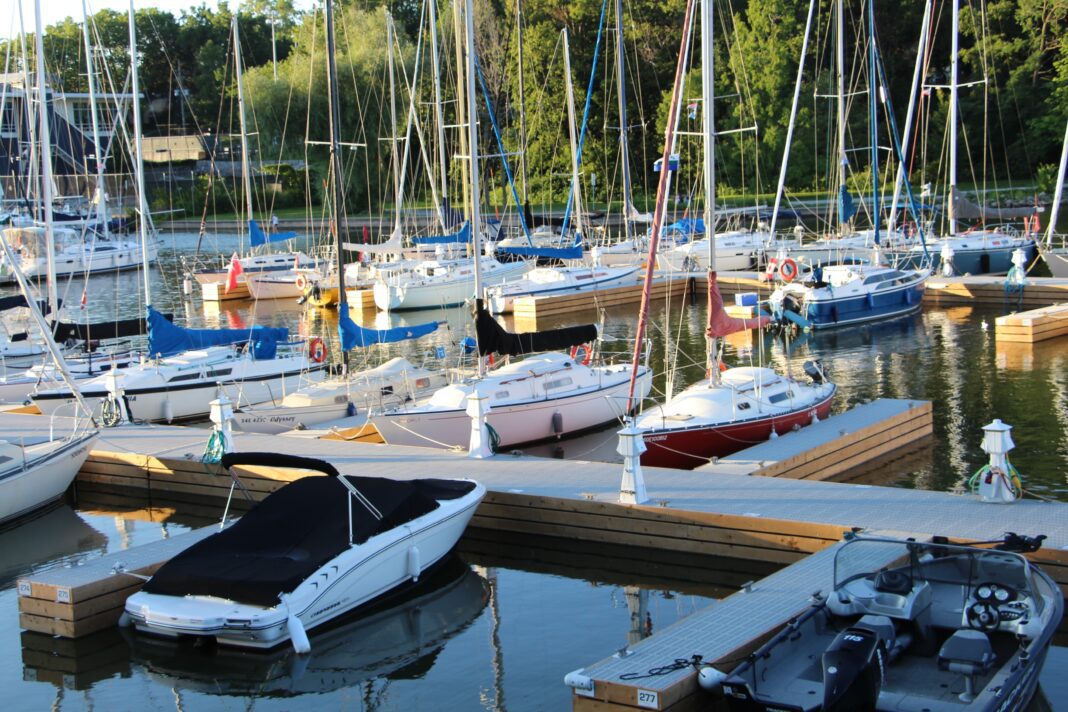A 12 year old girl was killed in a collision with a personal watercraft while she was paddleboarding.
This tragic event happened on Saturday, July 29 in Mission Bay according to authorities, just before 2 pm. It happened in the De Anze Cove area according to Lt. Adam Sharki who is with the San Diego Police Department.
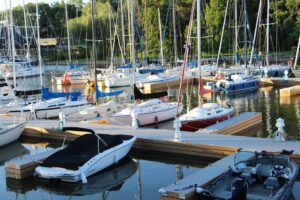
He told Fox 5 that an 18 year old man, hailing from Bellflower, California, was using a personal watercraft when he collided with the girl who was paddle boarding nearby. The girl was brought ashore and first responders attempted to perform CPR. She was taken to the hospital, but later died of her injuries.
The location of the collision is known as an “open speed” area, meaning watercraft operators are supposed to slow down to 5 mph or less within 100 feet of the shore, or another operator.
While alcohol is not suspected to be a factor in this crash, the San Diego Police Department’s Harbor Unit is still investigating. One of the areas they are investigating is how fast the personal watercraft was going.
“No parent should ever have to bury their child, and not trip to Mission Beach should ever end in this type of tragedy,” said Gerald Singleton of Singleton Schreiber. “There are no words to describe this kind of pain, our hearts go out to the family.”
Anyone injured in San Diego should contact the Mission Beach personal injury attorneys at Singleton Schreiber by calling (619) 771-3473 or by emailing info@singletonschreiber.com.
Mission Beach Paddle Boarding Tragedy
Mission Bay, a popular aquatic playground in California, attracts numerous watersport enthusiasts looking for thrilling experiences. Among the various activities, paddle boarding has gained significant popularity over the years. However, this rise in popularity has also led to an increase in accidents, especially when paddle boards collide with personal watercraft (PWC), commonly known as jet skis.
Paddle boarding has been a favorite activity for people of all ages due to its simplicity and accessibility. Participants stand on a large, buoyant board and use a paddle to navigate through the water. Mission Bay’s calm and picturesque waters seem ideal for paddle boarding, attracting both beginners and seasoned enthusiasts alike. On the other hand, personal watercraft, such as jet skis, are powerful motorized vessels that offer speed and excitement to thrill-seekers. The collision of these two very different watercraft can be highly dangerous and lead to severe accidents.
One of the primary reasons for these accidents is the difference in maneuverability and speed between paddle boards and jet skis. Paddle boards rely solely on human power, which limits their ability to swiftly change direction or accelerate. On the contrary, jet skis are motorized and can achieve high speeds with rapid changes in direction. When paddle boarders and jet ski riders share the same water space, the vast difference in speed and agility increases the likelihood of collisions.
Moreover, a lack of clear communication and awareness between paddle boarders and jet ski riders exacerbates the risks. Many paddle boarders may be inexperienced or unfamiliar with the rules and regulations governing watercraft usage in Mission Bay. On the other hand, jet ski riders may not anticipate the slower pace of paddle boards or underestimate their ability to avoid a collision.
The consequences of paddle board collisions with jet skis can be severe. The impact of a speeding jet ski hitting a paddle boarder can lead to serious injuries, ranging from fractures and lacerations to head and spinal injuries. In some unfortunate cases, these accidents can even result in fatalities. Besides the physical injuries, victims may also suffer emotional trauma, and families may be left devastated.
To address these concerns and enhance safety in Mission Bay, several proactive measures can be implemented. First and foremost, education and awareness campaigns targeting both paddle boarders and jet ski riders are essential. Educational programs can inform individuals about the rules of the water, emphasizing the need for vigilance, respect, and understanding among all watercraft users.
Secondly, designated areas for different watercraft can reduce the likelihood of collisions. Creating separate zones for paddle boarders and jet ski riders can minimize their interaction and provide a safer environment for each activity.
Thirdly, enforcing speed limits and establishing no-wake zones in areas with higher paddle board traffic can significantly reduce the risks. Slower speeds can allow jet ski riders to react more effectively to unexpected situations and give paddle boarders ample time to avoid potential collisions.
Paddle board accidents in Mission Bay, particularly when they involve collisions with personal watercraft, pose a serious threat to the safety of water enthusiasts. The combination of varying speeds, lack of awareness, and inadequate communication contributes to the frequency of such incidents. To mitigate these risks, education, designated areas, speed regulations, and safety equipment usage are essential components of a comprehensive safety strategy. By implementing these measures, Mission Bay can continue to be an enjoyable and safe destination for all water sport enthusiasts.
“Step one in this awful nightmare is for the family to grieve,” Mr. Singleton added. “Step 2 is finding an attorney who can help them sort out all kinds of issues, such as the speed of the personal watercraft, whether safety precautions were taken by the operator, whether the watercraft was owned or rented, and how to make sure this never happens to another little girl.”
Anyone injured in San Diego should contact the Mission Beach personal injury attorneys at Singleton Schreiber by calling (619) 771-3473 or by emailing info@singletonschreiber.com.
